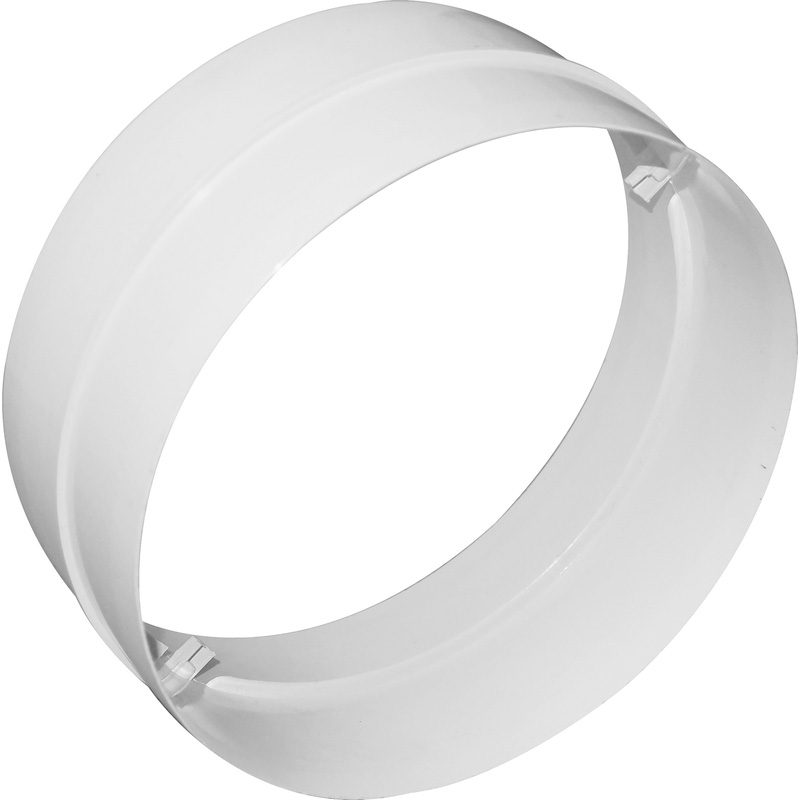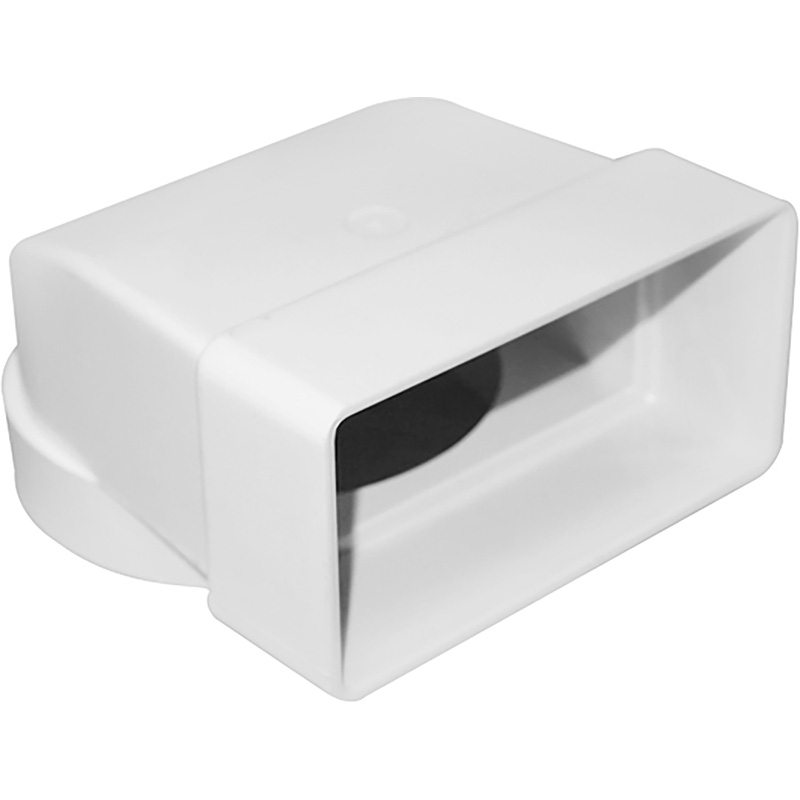Ok I have found this right angle elbow:

So please confirm if this sounds correct:
extractor into ceiling > 350mm length of plastic ducting to create rise > elbow to turn the ducting left > plastic ducting sloping downwards all the way to the wall into the vent.
Just want to ensure I am connecting the joins properly, do I use something like this and just duct tape over the joins:
Straight Round Pipe Connector 100mm

And why do screwfix/toolstation not sell the right angle elbow, they just sell this version which goes square at the other end:


So please confirm if this sounds correct:
extractor into ceiling > 350mm length of plastic ducting to create rise > elbow to turn the ducting left > plastic ducting sloping downwards all the way to the wall into the vent.
Just want to ensure I am connecting the joins properly, do I use something like this and just duct tape over the joins:
Straight Round Pipe Connector 100mm

And why do screwfix/toolstation not sell the right angle elbow, they just sell this version which goes square at the other end:


